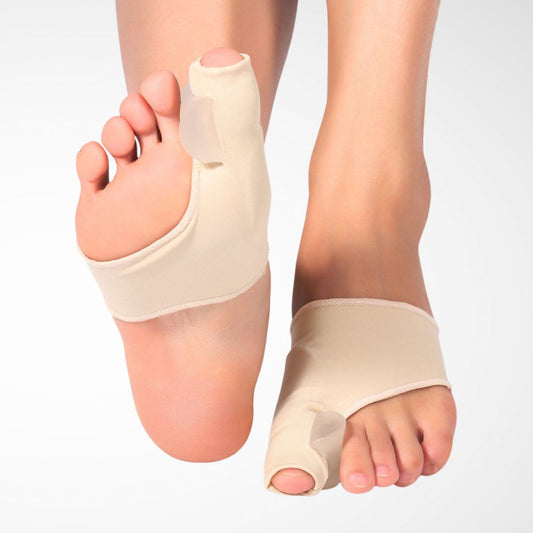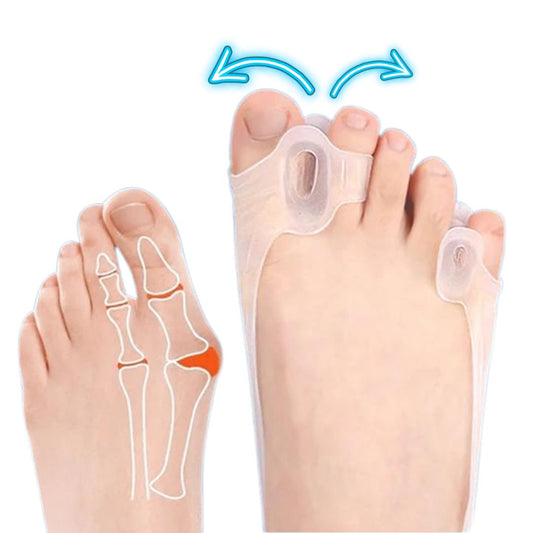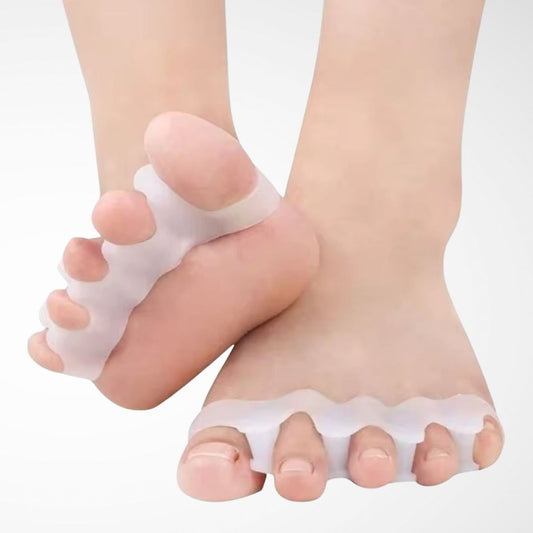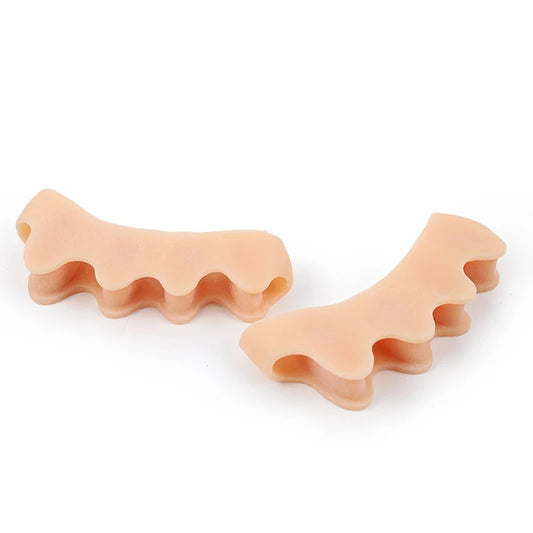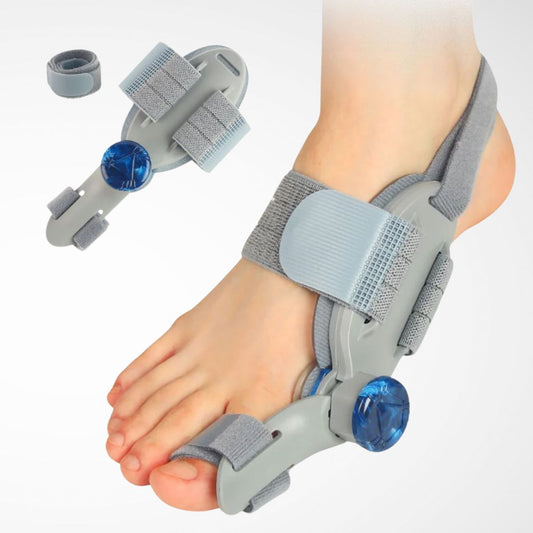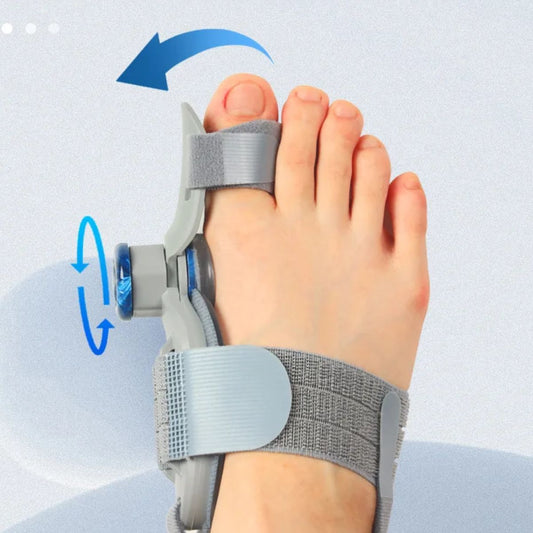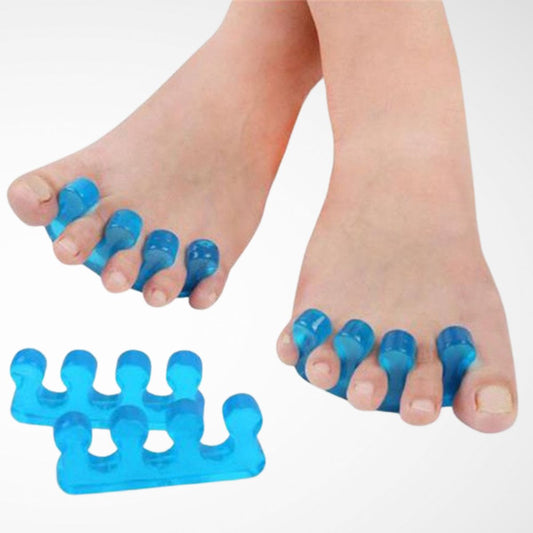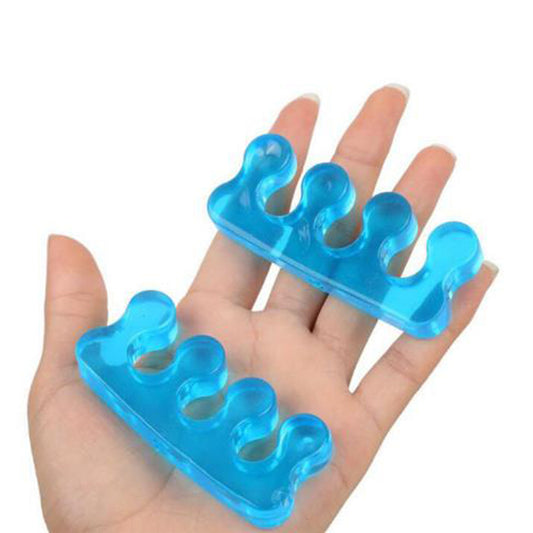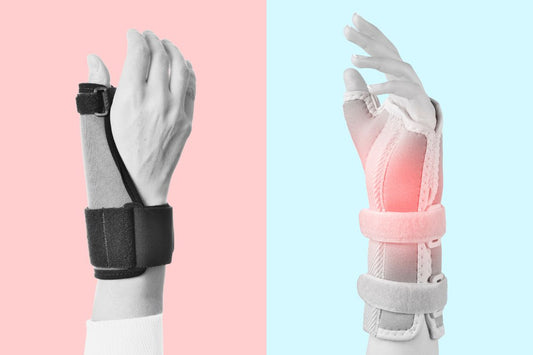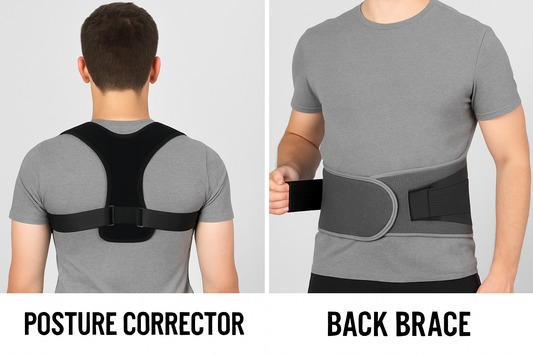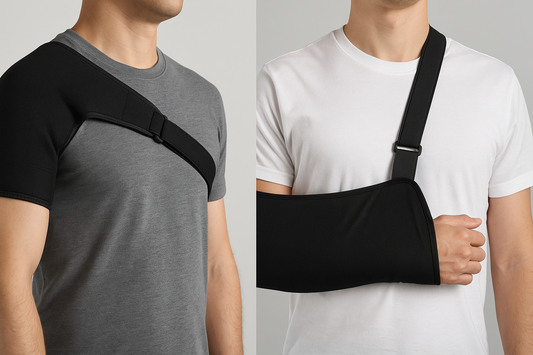Bunion splints are one of the most common non-surgical tools used to relieve bunion pain and support alignment. But how effective are they really — and how long do they take to work?
First, What Is a Bunion Splint?
A bunion splint is a supportive device that wraps around the big toe and foot to help hold the toe in a more natural position. Some are rigid, others soft or semi-rigid, and they’re usually worn at night or during periods of rest.
Their main goal? To reduce discomfort, prevent worsening misalignment, and — in some cases — encourage mild realignment over time.

Can a Bunion Splint Actually “Correct” a Bunion?
This is where it gets a bit complex. According to current medical research, bunion splints do not reverse bunions permanently, especially if the joint has already shifted significantly. What they can do is:
- Relieve pain and pressure
- Temporarily improve toe alignment
- Slow down the progression of the deformity
- Support comfort and mobility during non-surgical care
In mild cases or early stages, some improvement in alignment may be visible — but usually only while the splint is worn.
So, How Long Does It Take to See Results?
If your goal is pain relief, many users report noticeable improvement within a few days to two weeks of consistent use. For those hoping for visible changes in toe alignment, it often takes several months of daily wear — and even then, the correction is usually temporary and subtle.
You’re more likely to see benefits if:
- Your bunion is mild or in early stages
- You pair the splint with proper footwear and toe exercises
- You wear it consistently (especially at night)
- You avoid high-pressure or narrow shoes during the day
In more advanced bunions, a splint may help with pain but not offer structural correction.
Anecdotal Success vs. Realistic Expectations
While clinical studies don’t yet show strong evidence that bunion splints can permanently correct the deformity, there’s no shortage of anecdotal stories from people who say they’ve seen improvement in their toe alignment over time.
Some individuals — especially those with mild bunions — report visual changes after weeks or months of consistent nightly use, particularly when combined with proper shoes and toe exercises. However, there is currently no clear data on how common this outcome is, or what percentage of users experience meaningful alignment correction.
In other words, results vary widely.
- Best-case scenario: If caught early and used consistently, a bunion splint may help improve toe alignment slightly, relieve pain, and delay progression — especially for younger users or those with flexible joints.
- More likely scenario: For most people, the splint helps manage pain and pressure, but does not lead to permanent or significant correction. Once the splint is removed, the toe may gradually return to its original position.
Ultimately, bunion splints are supportive tools, not guaranteed solutions. Understanding what they can realistically offer helps ensure you get the most out of your treatment plan — without setting yourself up for disappointment.
Conclusion
While there are different types of bunion splints designed to be a useful part of managing bunions without surgery, it’s important to set the right expectations. When you're asking how long does it take for bunion splint to correct, it's important to understand that they often aren’t a cure, and shouldn't be viewed as such, but they can help with pain management and may or may not modestly improve alignment with time — especially in early or mild cases.
If you're unsure whether a bunion splint is right for you, or if your bunion is worsening, it’s always best to consult a podiatrist for personalized advice.


